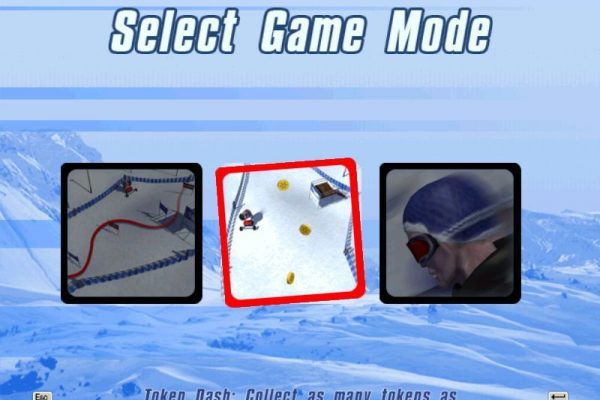In module 3 I turn to digital technologies, building directly on the historical and theoretical account of disability and technology in module 1. Module 3 aims to document, analyse, and explore shaping of disability in the contemporary moment, concerning technologies used by, and marketed to, users today. The central research question orienting module 3 is: how, to what extent, and with what implications, have disability and accessibility been incorporated into design, implementation, and adoption processes that shape digital technologies? The module comprises case studies of accessibility and disability in three important areas of digital technologies: mobile media, namely, smartphones and tablet computers, but also locative media (emerging location-based technologies incorporated into mobile media); e-readers; online health technologies, associated with the National Broadband Network (and other next-generation broadband Internet) and portable media devices.

In this module, I focus on disability in the design of mobile media. I will undertake three case studies of how technology companies and designers have incorporated disability and accessibility into design: Apple iPhone and iPad; Google’s Android Operating System and devices; and disability and accessibility in low-cost, low-bandwith mobile media in global south, using the case of phones developed in India. While there has been much interest in the iPhone/iPad, and Google’s Android, in particular, there is very little available research that documents and studies how disability and accessibility figured in the development of these technologies. In the case of low-cost mobile media in the global south, while there is a specialist international group of researchers, technology companies, and activities working on disability accessibility, as yet it is unresearched.
Building on the historical study of reading and writing technologies in module 1, this case study focusses on the social shaping of disability in contemporary e-readers — in particular, the Sony Reader (the e-reader with the longest product line), and Amazon’s Kindle (the device most credited with popularizing e-reading, apart from Apple’s iPad). The research will entail collection and analysis of documentation on the development of both e-readers, and analysis of standards for electronic publications, then fieldwork including interviews with: key figures in design and development in both Sony and Amazon; leading technology experts in disability and e-reading in other sectors of e-publishing; disability advocates involved in key legal battles around accessibility of devices, and intellectual property issues arising from their multimedia content.

3. Healthy Broadband: Disability & Technologies of Health in Next Generation Broadband Internet
Historically disability has been approached as a subordinate part of health and medicine. Many common understandings of disability, and, especially, government policies still subsume disability under health, without acknowledging where requirements of disability might depart from health, and require different approaches. This currently occurs in health technology. Accordingly, this case study will focus upon e-health, health apps, and other technologies of health currently being developed for next-generation broadband networks, such as Australia’s National Broadband Network (NBN), and interlocking mobile and wireless broadband networks. Health technologies are a leading edge of digital transformations in everyday life, with significant healthcare investments in these from government as well as private sector. Often unwittingly, many instances of these new health technologies address aspects of disability. Yet disability is rarely explicitly addressed or articulated in its own right in relation to health technology.





